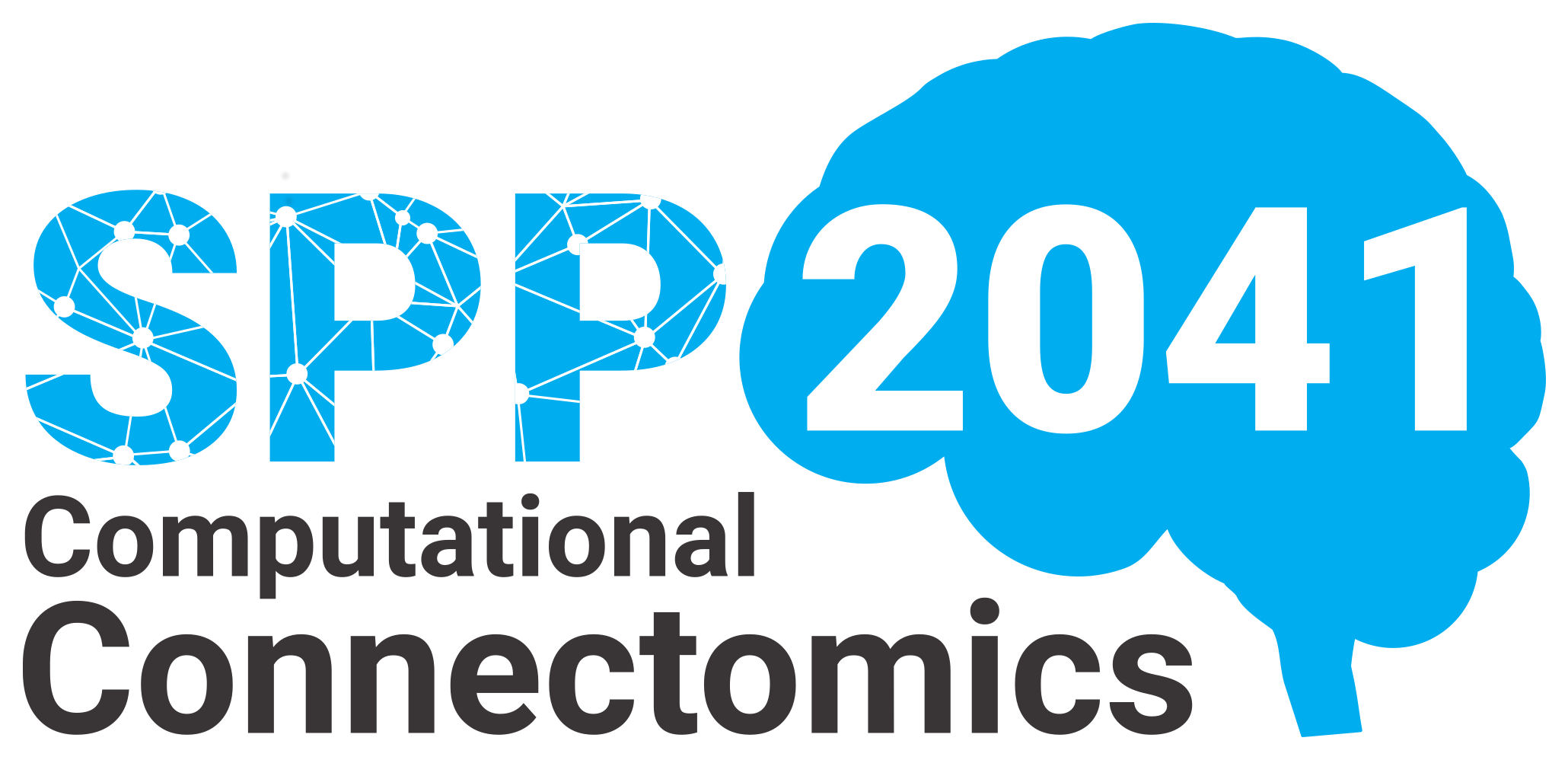Cellular, connectional and molecular heterogeneity in a large-scale computational model of the human cerebral cortex
Recent endeavors in the field of big data neuroscience have started to provide detailed datasets on multiple dimensions of the human cerebral cortex, including the cytoarchitectonic, connectional and molecular dimensions. This increased volume of multimodal data poses the challenge of harnessing the corresponding complexity. To this end, approaches that aim at distilling key organizational principles of the cerebral cortex and uncovering the molecular, connectional and cytoarchitectonic underpinnings of key neurophysiological phenomena are imperative for transitioning from observations to principles. Here, we will overcome the aforementioned challenges by i) extracting comprehensive cytoarchitectonic features of the human cortex from large-scale, high-resolution architecture data with novel methods, ii) distilling organizational principles linking connectional and cyto- and receptor architecture and iii) employing these principles to enrich a large-scale model of the human cortex, thus uncovering the significance of heterogeneity at the cytoarchitectonic, receptor architectonic and connectional levels for the generation of key neurophysiological phenomena, such as the hierarchy of intrinsic heterogeneous cortical timescales.
Principal Investigators
Dr. Sacha Jennifer van Albada
Forschungszentrum Jülich GmbH
Institut für Neurowissenschaften und Medizin (INM)
Computational and Systems Neuroscience (INM-6)
Dr.-Ing. Timo Dickscheid
Forschungszentrum Jülich GmbH
Institut für Neurowissenschaften und Medizin (INM)
Strukturelle und funktionelle Organisation des Gehirns (INM-1)
Dr. Alexandros Goulas, Ph.D.
Universitätsklinikum Hamburg-Eppendorf
Zentrum für experimentelle Medizin
Institut für Computational Neuroscience
